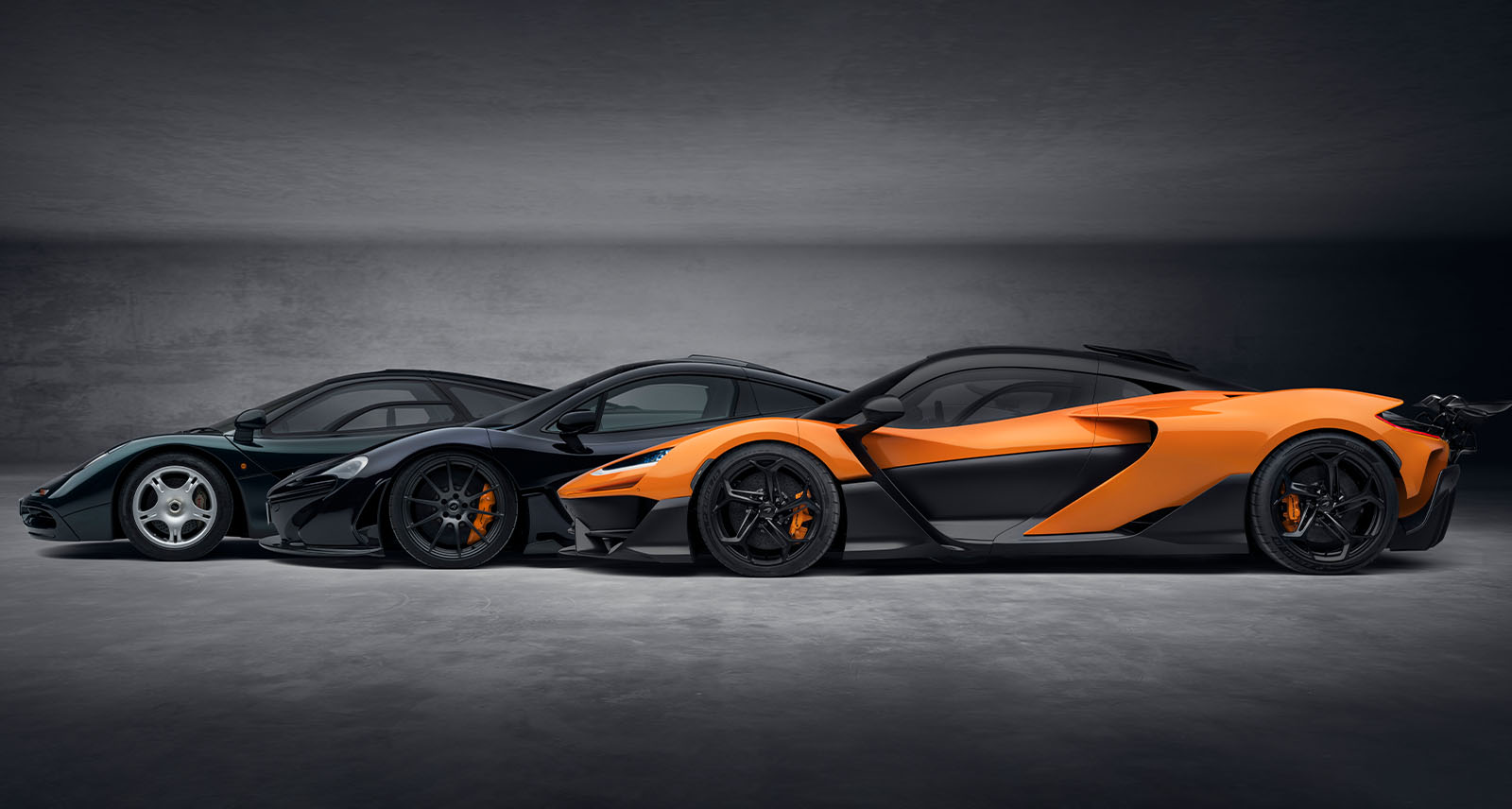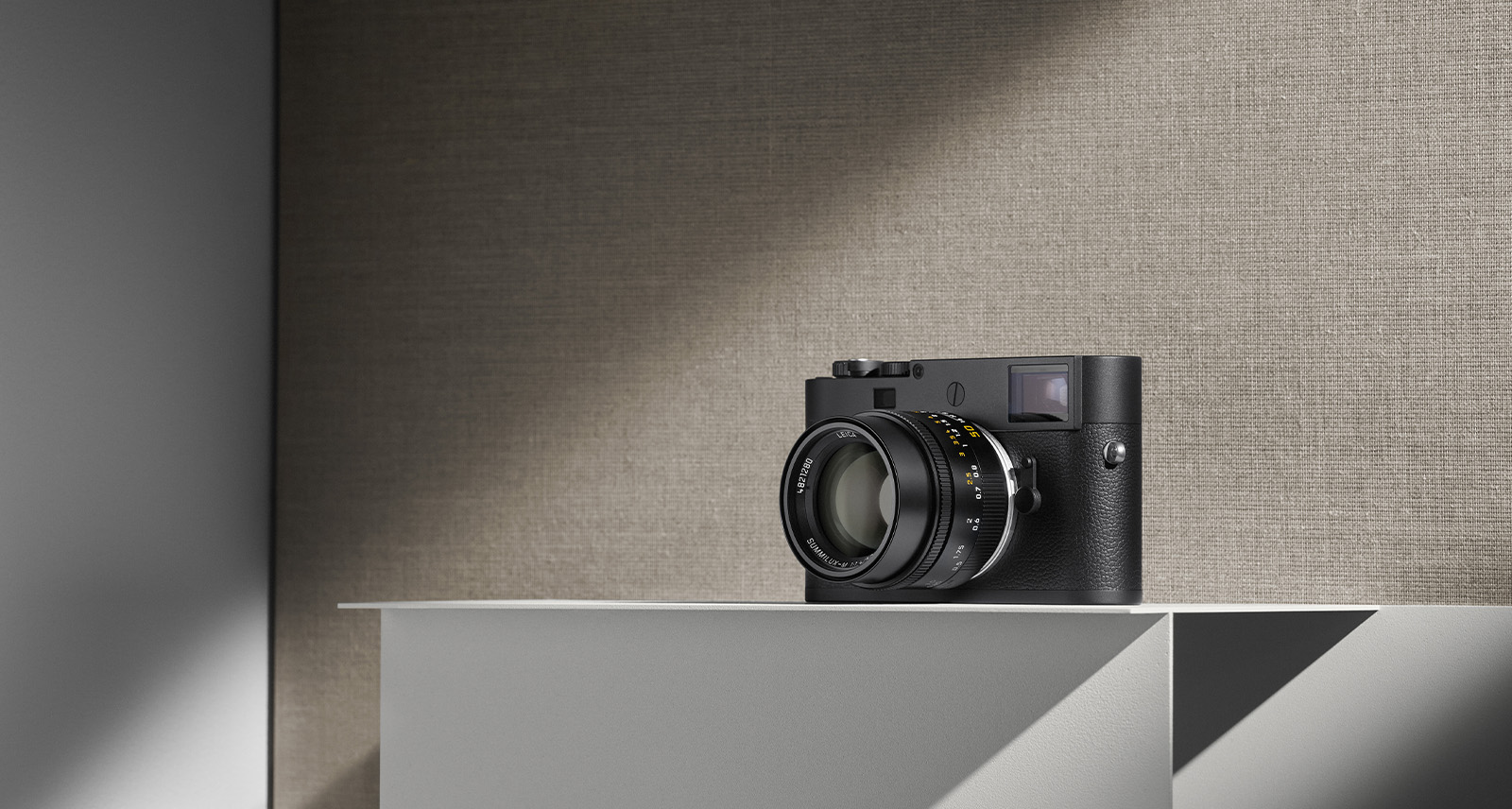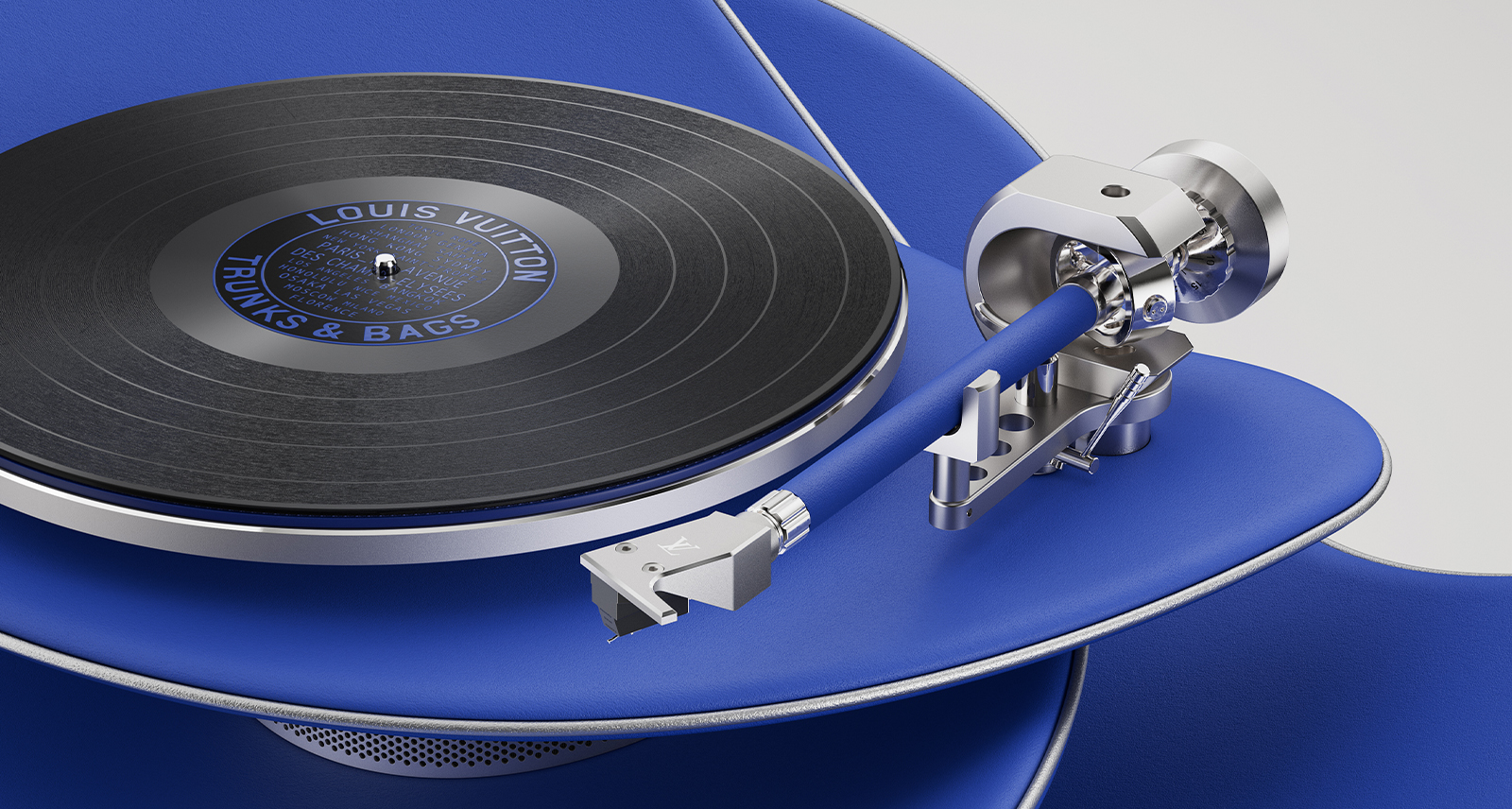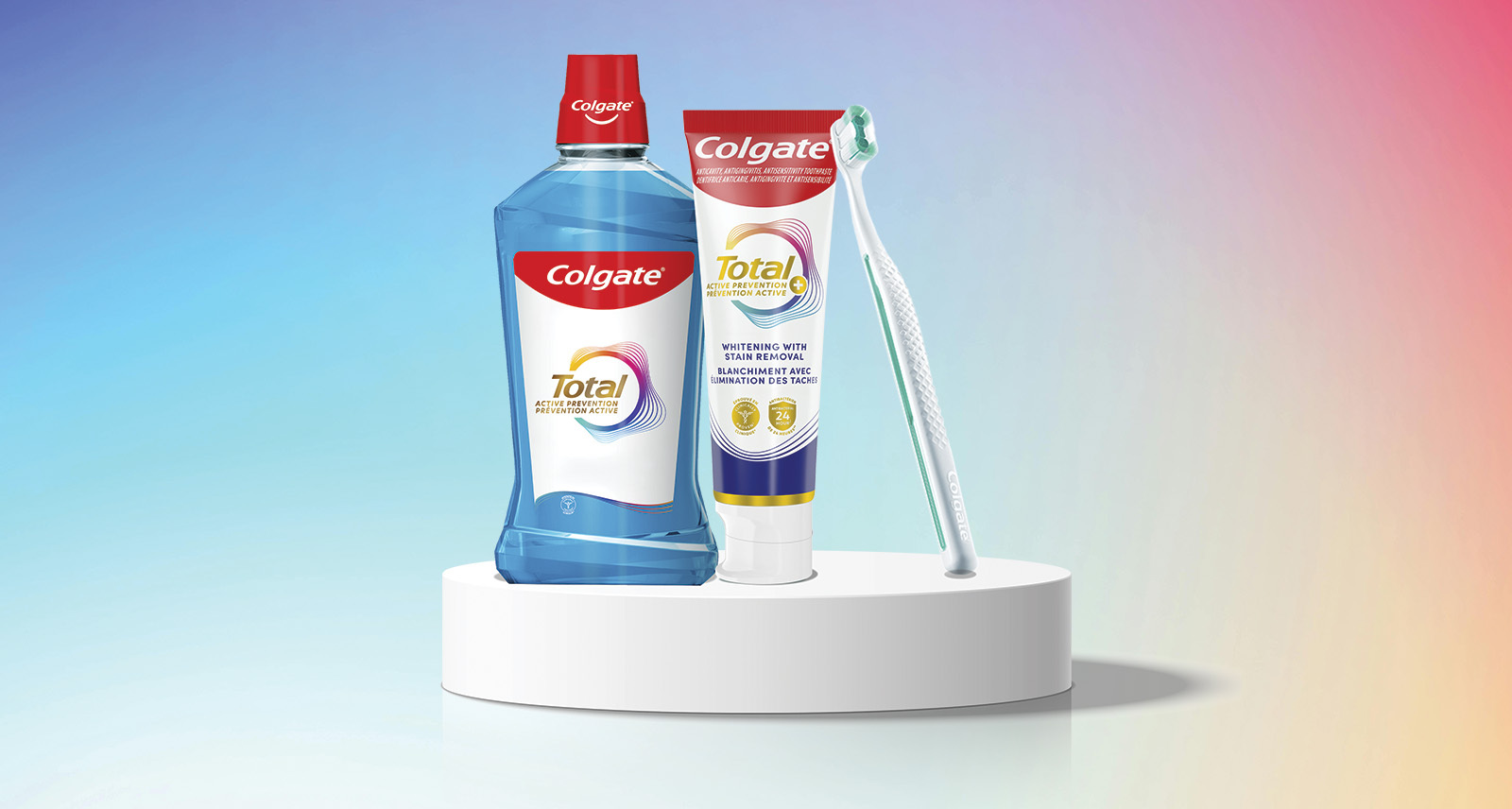Can the W1 Hybrid Supercar Save McLaren? This 1,258 HP Monster Is Certainly A Good Start
While McLaren’s Formula 1 team finally seems poised for greatness in 2025, McLaren’s road-going car business is struggling. There are, however, some glimmers of hope on the horizon for McLaren Automotive: it’s under new ownership, there’s a new-ish CEO at the helm, and McLaren has an all-new flagship supercar called the W1.
The McLaren W1, long-awaited successor to the McLaren’s P1 and F1, is built around a new carbon-fibre monocoque and an all-new turbocharged V8 hybrid powertrain. As McLaren’s engineers recently explained to us, this new engine is about much more than its headline-grabbing 1,258 horsepower figure.
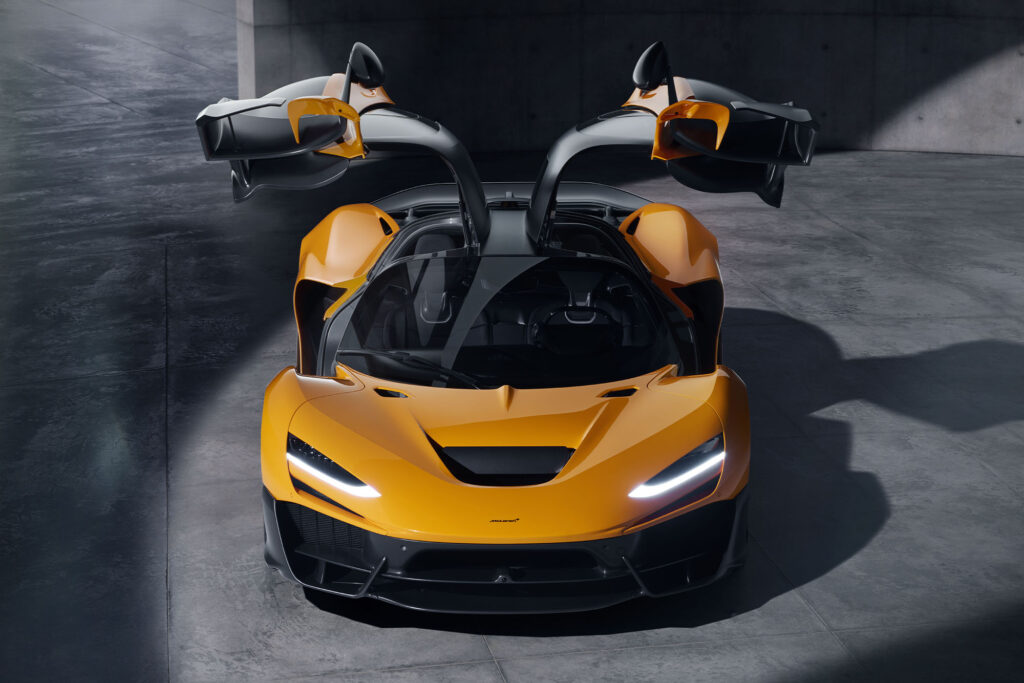
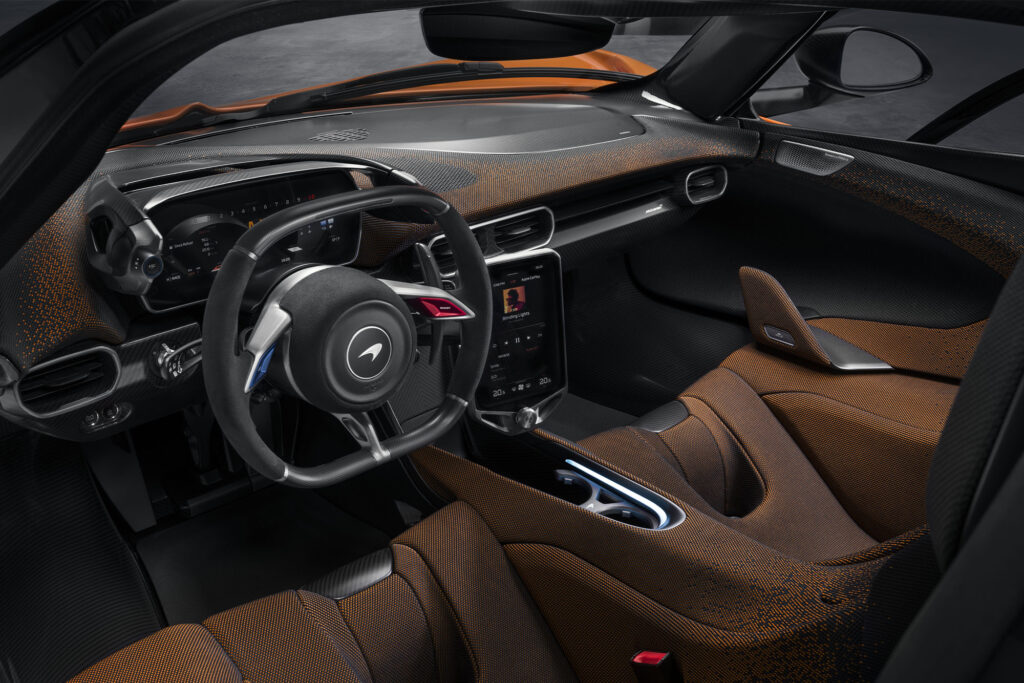
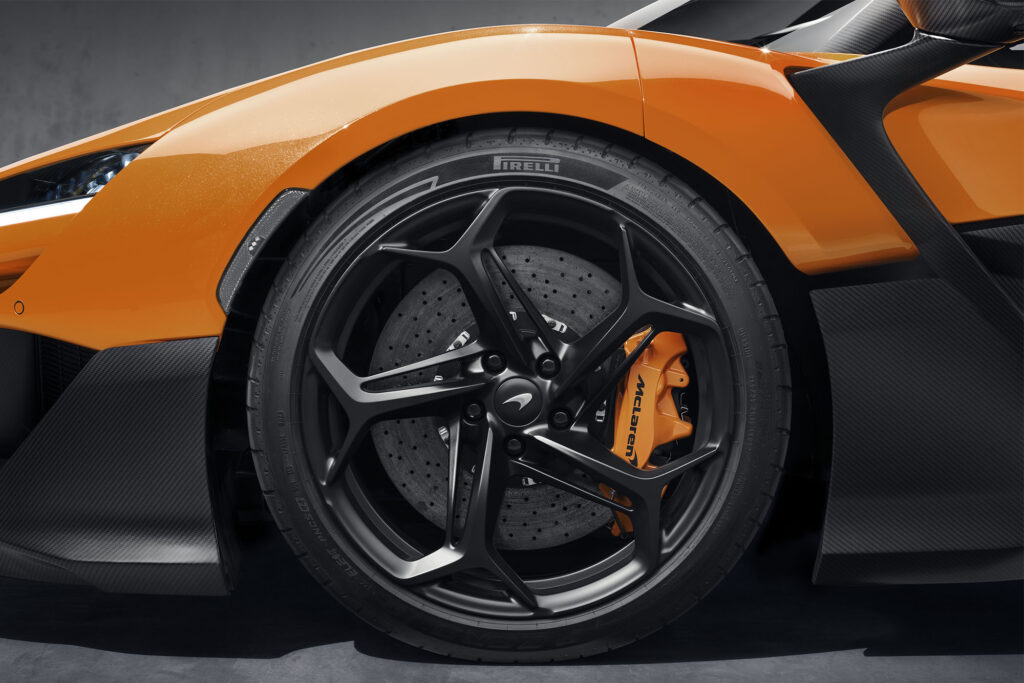
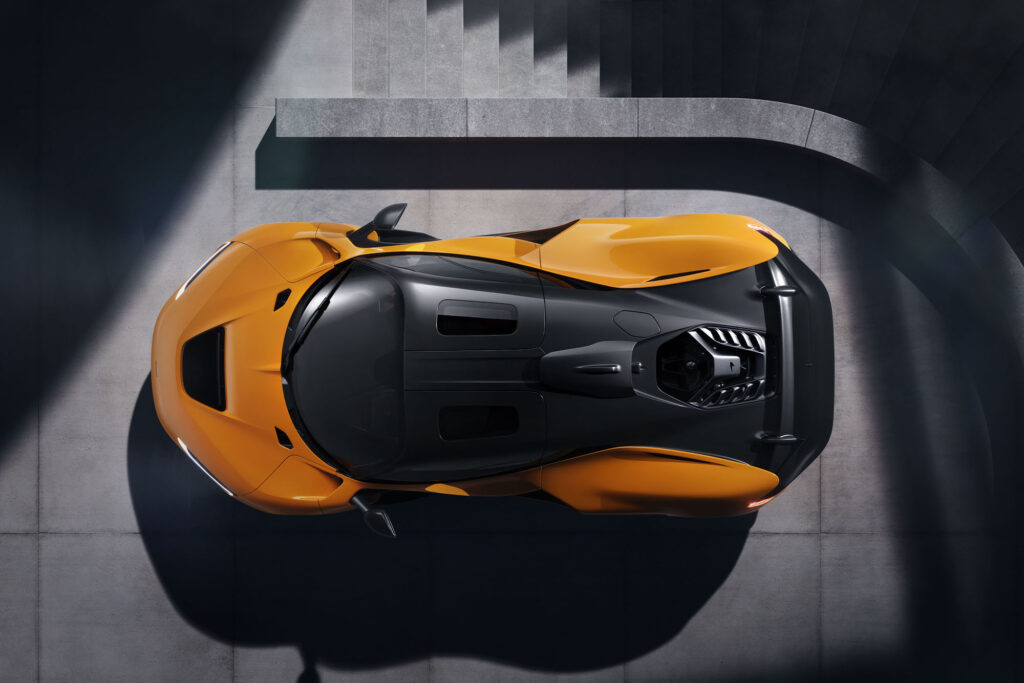
Before we get into the oily bits of the W1, it’s important to remember just how much is riding on its success.
McLaren is in a tough spot. The firm posted a record annual loss of £924 million in 2023, up from £349 million the year before, as sales plummeted. And this is after a £300 million emergency cash infusion in 2020 by shareholders to get the company through the pandemic, as well as the sale of some of McLaren’s classic car collection and its headquarters in Woking. The business is still based at that stunning Norman Foster-designed campus, but the firm now rents the property from the real estate investment company it sold it to. Brexit and Covid certainly didn’t help the British brand’s fortunes either.

McLaren’s new CEO Michael Leiters, who joined the company in 2022 after leaving Ferrari, seems realistic about what needs to be done. The most recent financial report from the company shows the numbers are moving in the right direction; sales are up and the net losses are shrinking.
Partnering with a major OEM isn’t out of the question for McLaren, and neither is (gasp!) an SUV. Leiters has gone on-record talking about the need to improve quality, create greater differentiation between McLaren’s overlapping models and a clear hierarchy in the lineup, as well as developing a unique design language for the brand.
Much of that work naturally starts at the top, with the W1.
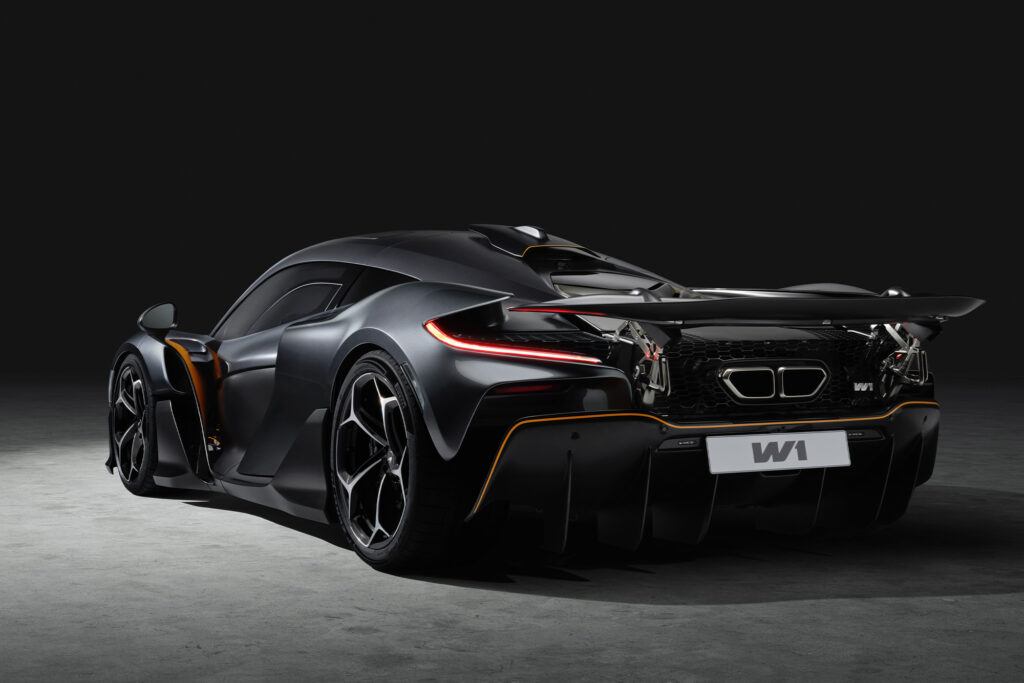
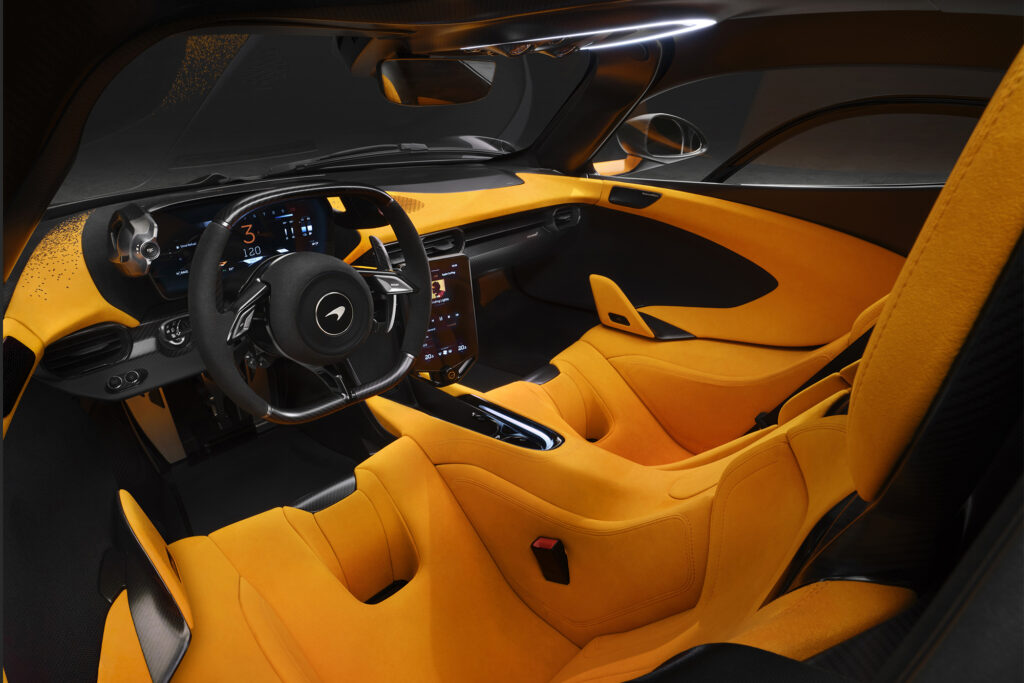
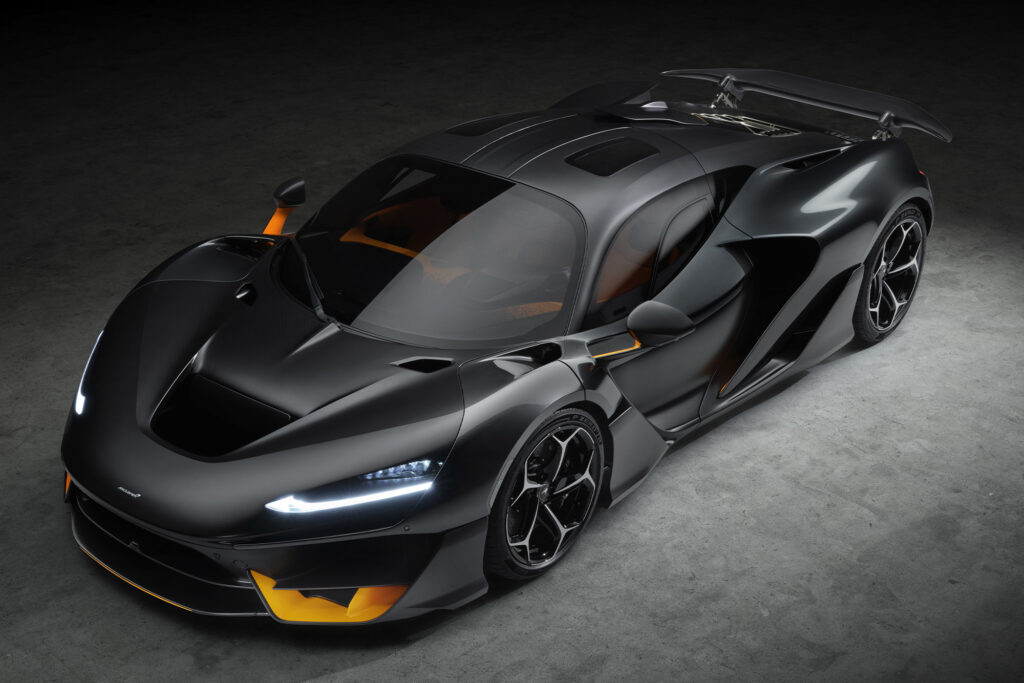
Car geeks will be glad to know the W1 is rear-wheel drive — which is, admittedly, slightly terrifying given the power on tap — and it also keeps McLaren’s much-loved hydraulic power steering system. Other than that, pretty much everything else is new, from the design, to the chassis, to the wild active aero that generates nearly 1,000 kg (!) of downforce to the all-new twin-turbo V8 engine and hybrid module.
The combustion engine is a totally new 4.0-litre 90-degree V8 (codenamed MHP-8) with a flat-plane crank and two twin-scroll turbochargers. Before you ask, no, the new V8 is unrelated to McLaren’s previous V8 (codenamed M840T). Not only is the new V8 lighter and shorter, it’s much more powerful, churning out 916 horsepower all by itself.
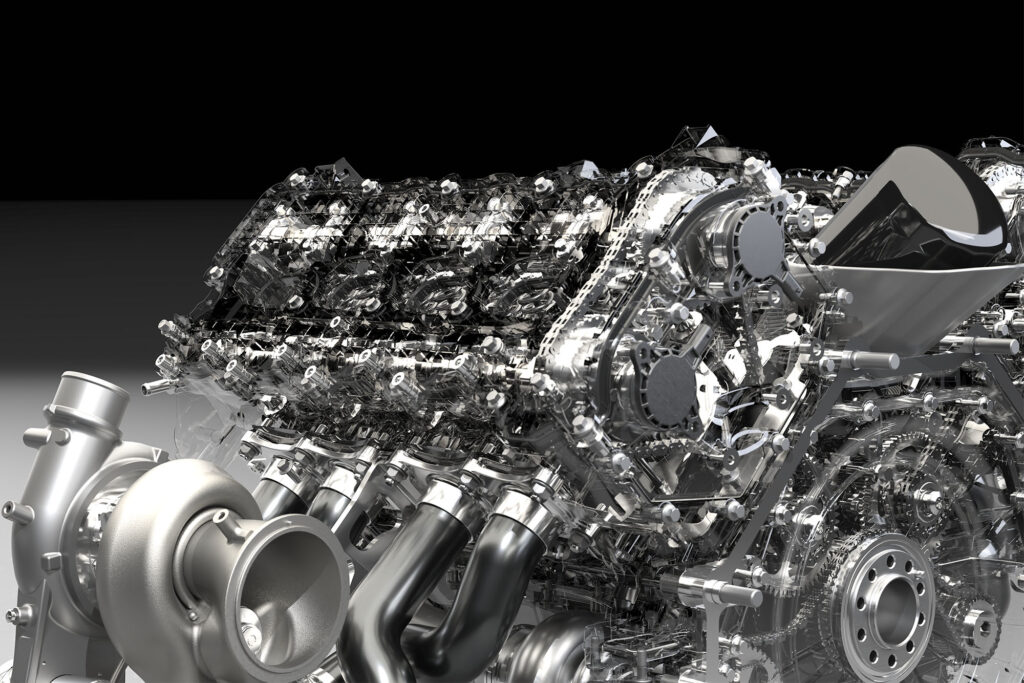


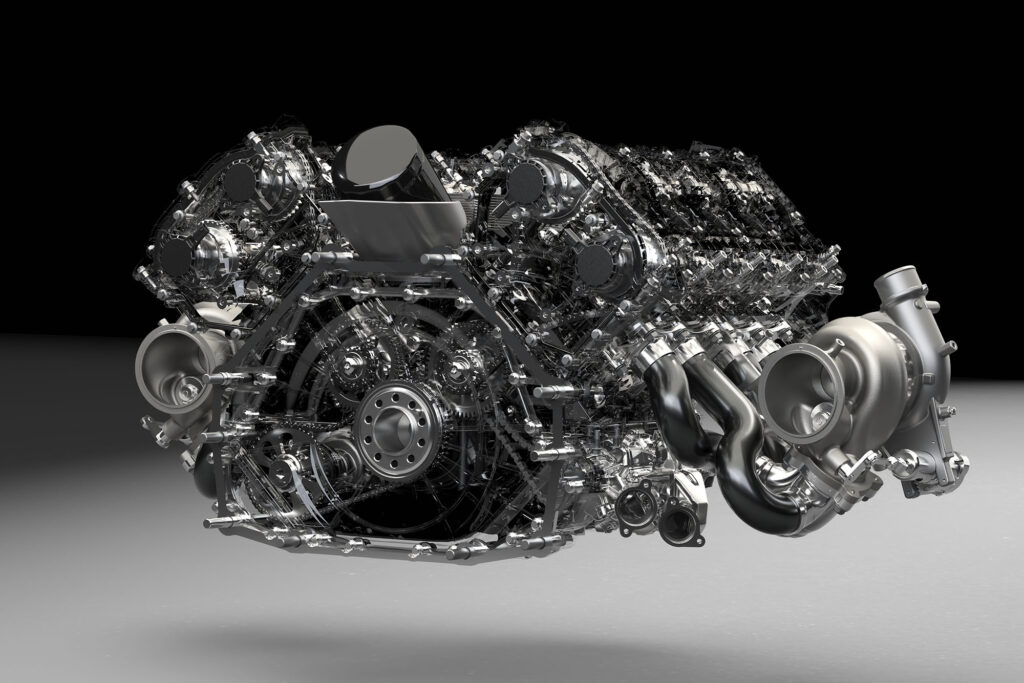
Richard Jackson, the powertrain’s chief engineer, explained that getting big power out a turbocharged V8 is relatively easy. What’s hard to do is have big power in an engine that delivers an engaging driving experience; he wanted an engine that was also responsive to throttle inputs and had a nice torque curve. McLaren pushed its turbo supplier and fine-tuned the design to deliver a new pair of snails that offer just that. The team also wanted the engine to spin faster, up to 9,200 rpm. They accomplished that with trick internals like hollow intake valves, stiffer crank and an internal oil-cooled torsional vibration damper on the front of the crankshaft.
“Producing performance isn’t enough. Enhancing engagement is key,” Jackson said. “We’ve extended the speed range of the engine that gives a wider range for the driver to really push all the gears for longer. We developed the engine to really build that sound and vibration towards a crescendo, towards a rev limit, really pushing them to chase the red line. We’ve also enhanced how we try to transfer both the exhaust and induction sound into a cabin. And then the final element is we’ve removed the mechanical noise to really make those desired sounds stand out,” he explained.
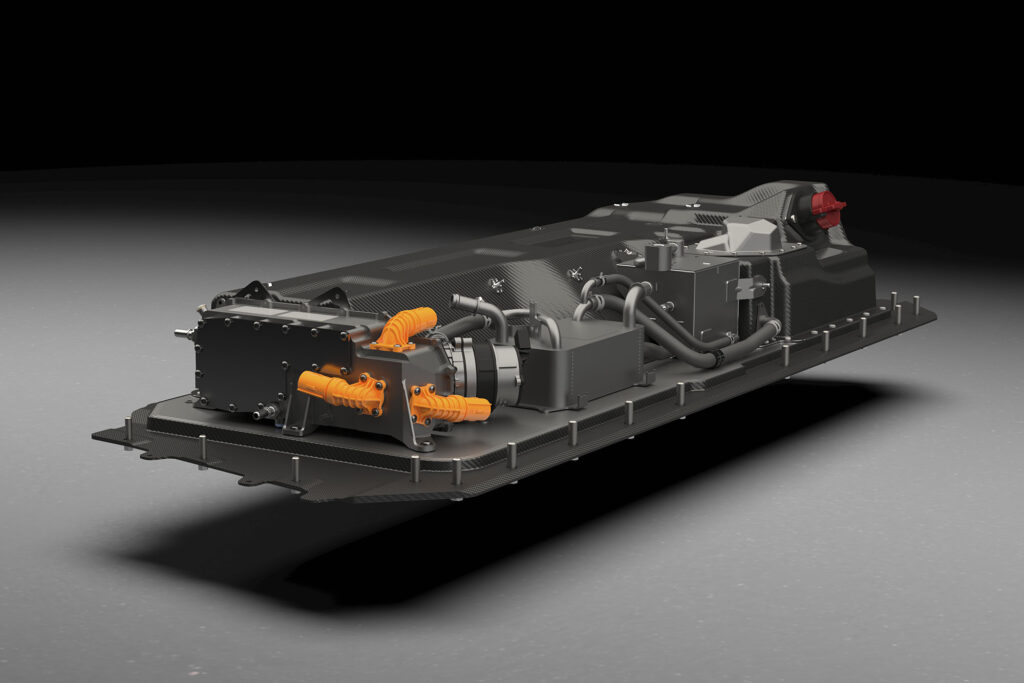


Compared to rivals, McLaren’s turbocharged V8s have usually been a bit muted (apart from specials like the glorious 675 LT). Here’s hoping that’s a thing of past.
Remember, however, that the combustion engine is only half the story. On top of its 916 horsepower, a new battery and e-motor add another 342 ponies for a total output of 1,258. McLaren is no stranger to hybrid supercars — remember the P1, Speedtail, and the Artura — but the firm’s latest system is very impressive, at least on paper. Weight is the enemy of fun as far as supercars are concerned, which is why McLaren’s new e-motor is just 20 kg, or about half the weight of the unit in the Speedtail. Because the e-motor is positioned after the 8-speed transmission, torque isn’t limited by what the clutches can handle. The result is 988 lb-ft of total system torque at 4500-5000 rpm.



Power comes from a small 1.4 kWh battery, mounted just behind the passengers. It tips the scales at just around 50 kg.
All the lightweighting work paid off. The W1 is 1,399 kg, which is a whopping 200 kg less than the Ferrari SF90. With 1,258 hp in such a lightweight rear-drive chassis, the W1 is shaping up to be an absolute beast.
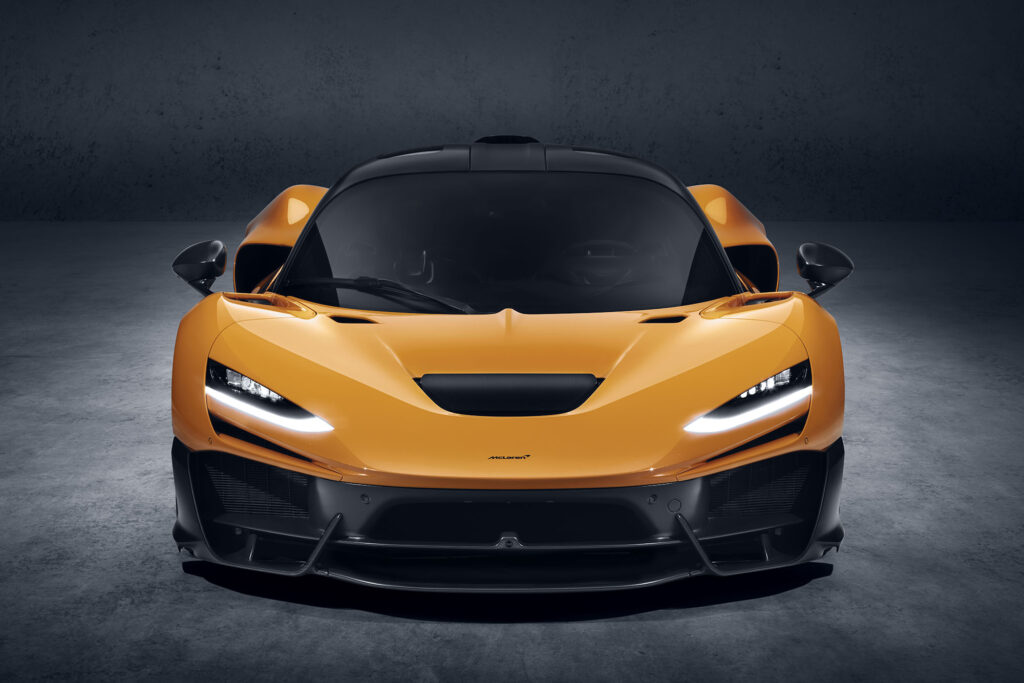
The bad news, for us and for McLaren, is that W1 deliveries won’t begin until 2026. The other bit of bad news is that production is limited to just 399 examples, and all of them have been allocated to customers already. But, on the other hand, that’s very good news for McLaren’s future.
